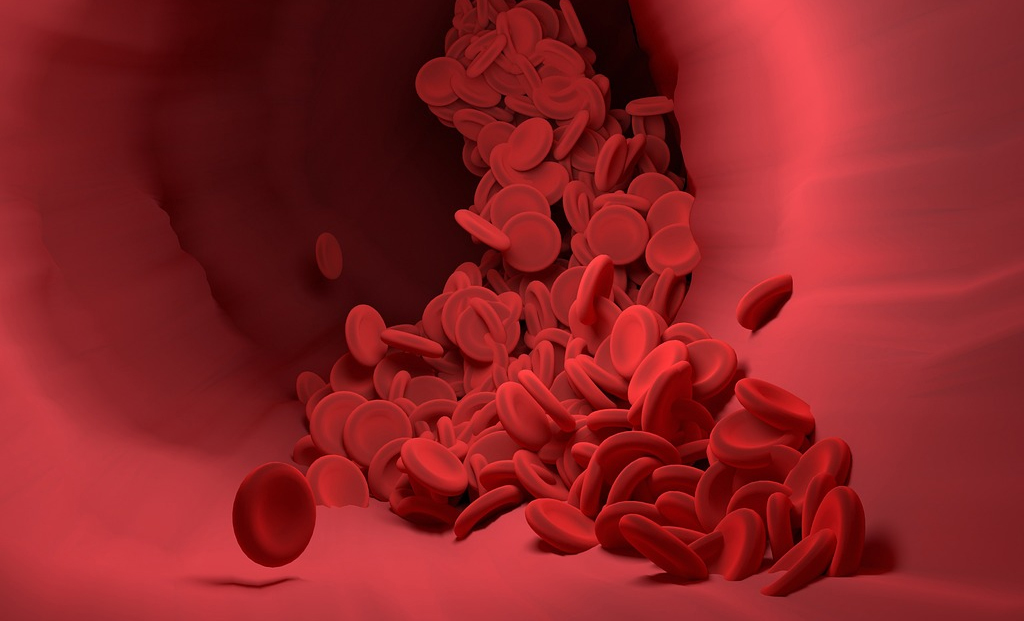By-Dr. Kumardeep Dutta Choudhary, Sr. Consultant & Unit Head Department of Medical Oncology, Action Cancer Hospital
The term “thalassemia” is derived from the Greek words “Thalassa” (sea) and “Haema” (blood) and refers to disorders associated with defective synthesis of alfa or – beta globin subunits of haemoglobin (Hb). The clinical manifestations are diverse, ranging from absence of symptoms to profound fatal anaemias in utero, or, if untreated, in early childhood.
In India, every year 10,000 children are being born with thalassemia which approximately accounts for 10% of the total world incidence of thalassemia-affected children and one in eight of thalassemia carriers live in India. The prevalence of thalassemia ranges between 0.6% and 15% across south India. In India, there are nearly 42 million carriers of the β-thalassemia trait. There are communities in which it is more prevalent like Sindhis, Punjabis, Gujaratis, Bengalis etc.
This pathology is characterized by decreased Hb production and red blood cell (RBC) survival, resulting from the excess of unaffected globin chain, which form unstable homotetramers that precipitate as inclusion bodies. In Thalassemia we see marked RBC damage and severe haemolysis associated with ineffective erythropoiesis (IE) and extramedullary haemolysis. Severe IE, chronic anaemia, and hypoxia also cause increased gastrointestinal (GI) tract iron absorption. Without transfusion support, 85% of patients with severe homozygous or compound heterozygous beta-thalassemia will die by 5 years of age because of severe anaemia.
Before first transfusion, patients’ RBCs are typed for Rh and ABO antigens
Confounding factors that might aggravate the degree of anaemia, including folic acid deficiency and acute febrile illness, blood loss, or coinheritance of glucose-6-phosphate dehydrogenase deficiency. Before the first transfusion, patients’ RBCs are typed for Rh and ABO antigens. At the same time, cytomegalovirus status should be obtained. Cytomegalovirus-negative blood products are recommended for potential candidates for curative stem cell transplantation (SCT). Parents and first-degree relatives should not be blood donors for these candidates. Hepatitis B vaccination is given before transfusion therapy, as is hepatitis A vaccine when age appropriate. The risk of transfusion-transmitted infections in thalassemia patients has been greatly reduced since screening for human immunodeficiency virus infections began in 1985 and for hepatitis C in 1991.22 However, new agents, such as West Nile Virus and babesiosis, which are not screened for, may contaminate the blood supply from asymptomatic donor.
The first curative allogeneic SCT to a thalassemia patient from a human leukocyte antigen (HLA) identical sibling donor was reported in 1982. Since then, >3000 successful transplantations have been reported. The probability of overall event-free survival has been recently reported as high as 89%-97% for patients with no advanced disease and of 80%-87% for patients with advanced disease. Fetal Hb inducers and Gene therapy holds promise
Screening programs form the corner stone in the strategy against such genetically transmitted disease. Various types of screening like population screening, mass awareness program antenatal screening, premarital screening, cascade screening and students’ screening can be utilized for creating awareness about the disease.
Effective Herbal Remedies To Get Rid Of Bloating | ALSO READ
With early prenatal screening and detection, it is possible to diagnose a congenital defect as early as possible during pregnancy. Screening tests and diagnostic tests are the two types of tests. Prenatal screening is recommended for all expectant mothers.
Invasive and non-invasive tests are available for screening which can depict the risk for the condition. antenatal screening is advised to all the pregnant women to plan their pregnancy, about prevention of thalassemia. Community level and facility level are the two levels of child screening. Facility-based screening includes new born screening done at public health facilities –primary health centres, community health centres, and district hospitals conducted by medical officers, staff nurses, and auxiliary nursery midwives.











